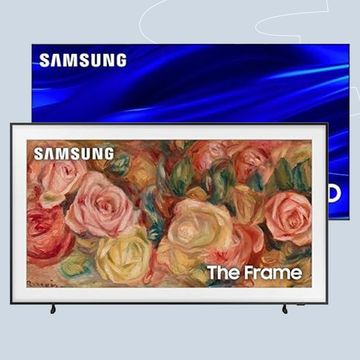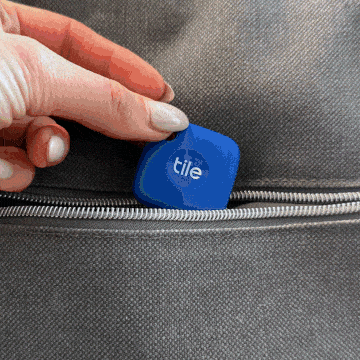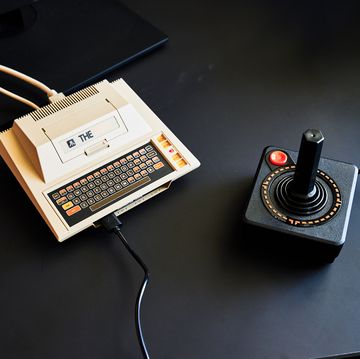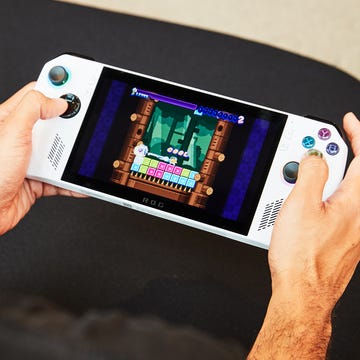Before ever suiting up, all fire-engine operators are taught about friction loss, in which water pressure is reduced by friction inside a fire hose. It's a complicated calculation, dependent on hose diameter, type and length, as well as water velocity. Getting it right is vital. Many departments post cheat sheets for estimating pressure. Mike Raben, a firefighter in Louisville, Colo., found a more modern solution online: a custom-built calculator app for Google Android phones. He liked what he saw, and had a few ideas for improving it. So, after communicating with the app's creator—a firefighter from northern Virginia named Emmet Carolan—he built his own version, tailored to his particular department's hoses and nozzles, with an added feature for calculating pressure loss due to elevation change.
Here's the twist: Neither Raben nor Carolan are programmers. Their apps were built with Google's App Inventor, one of a wave of new tools designed to allow people without programming experience to create apps and games for their phones and tablets. "That thing caught on like wildfire in the forums," says Jason Tyler, author of the recently released instructional book Google App Inventor for Android. "This is not just for us nerds."
GameSalad is a similar application for Mac OS, which streamlines the process of creating Web, iPad and, of course, iPhone games to a point where nonprogrammers have found success in the notoriously crowded App Store.
How It Works
Smartphones may inspire countless "wouldn't it be cool if..." moments, but the gulf between those who can conceive of apps and those who can build them is expansive, and filled with code—cold, syntactical, inscrutable code. This barrier is nearly universal. IPhone developers should be familiar with a programming language called Objective-C. Android developers should be versed in Java. Anyone who wants to code an app for Microsoft Windows Phone had better know C#.
What App Inventor and GameSalad do is automate the creation of code, hiding it from view. Much the way Photoshop is an application for editing images, and iMovie is an application for creating videos, App Inventor and GameSalad are applications for creating... apps.
GameSalad's jarringly stripped-down appearance belies its capabilities. It comes preloaded with sample apps, giving users the ability to tinker immediately. Basic but functional versions of common types of games—top-down racers, variations of the Angry Birds concept, and plenty of shooters—provide jumping-off points for a fairly wide range of projects.
Using GameSalad feels more like editing a PowerPoint presentation than developing a mobile application. Two hours after opening the program, I had my own side-scrolling space shooter in the can. It wasn't quite ready for the App Store—my "spaceship" was a crude cutout of my head, and my "laser battles" took place against a photo background of my living room—but nonetheless, it was a game. A few more days of practice could have netted something presentable. It's easy to let your imagination run away with GameSalad, which is probably the point.
Google's App Inventor is a bit more intimidating. A Web-based tool, Google's take on DIY app creation feels more like a simplified version of a traditional developer tool than a piece of consumer software. While it doesn't ask of its users any specific programming knowledge, it does require them to have—or be willing to develop—some understanding of the basics of app architecture, such as how the code interacts with the elements that end up onscreen. What keeps this sometime abstract experience grounded is one novel feature: App Inventor connects directly to your Android phone in real time, allowing you to test your app on your phone as you make changes.
Using App Inventor can feel like an academic exercise. While primarily intended to open up app creation to the greater public, App Inventor is also touted by Google as a teaching tool, bolstered by a tremendous collection of how-to guides, many of them geared toward absolute beginners. My entire time with App Inventor was spent with a tutorial open in a second window, and I also availed myself of guides produced by a large and sympathetic online community. In the end, I got a functional piece of software, but it was several steps shy of a polished app.
What to Expect
For nonprogrammers hoping to get into app development for mobile devices, GameSalad and App Inventor extend a welcome lifeline. The apps they produce, though, are inherently limited. In other words, established programmers and game designers have nothing to fear. Not yet.
GameSalad and, to a lesser extent, App Inventor trade certain capabilities for ease of use. For many types of projects, this isn't an issue. A well-designed 2D shoot'em-up game made in GameSalad can be just as fun and rich as a similar app developed with more advanced tools.
But many of the most popular titles in the App Store and Android Market, such as 3D games and full-feature social-networking apps, are impossible to build with a modular, drag-and-drop creation tool. Even new developers might chafe against the constraints; GameSalad, for example, uses a single physics model for object movement and interaction. The physics engine may feel natural in a Pong-style game, but if you need to design, say, a complex suspension system for a car game, you'll find your options are limited.
For Google, beginner-friendly app creation is still an experiment. App Inventor is offered for free, as is membership in Google's Android Developer program, but the company doesn't yet officially endorse the uploading of App Inventor apps to the Android Market. There are various tutorials and services available to help prepare apps for publication, but this omission seems like a tacit acknowledgment that App Inventor isn't quite ready for the big time.
GameSalad, on the other hand, is explicitly geared toward releasing titles in Apple's mobile and desktop app stores. The free version of the app produces games ready to be submitted to the App Store. The paid version, which costs $499 a year, lets you insert Apple iAds into applications, an important and increasingly common source of revenue. Then, of course, there's Apple's iOS developer fee—$99 per year—to distribute any apps through the App Store.
While it's possible to make real money using these tools, such stories are the exception rather than the rule. But that's unfortunately true for trained programmers, too.
In the end, the biggest drawback to DIY-app-creation software is the high expectations it inspires. App Inventor and GameSalad may topple formidable entry barriers for newbies, but writing code is just one of a heap of challenges facing a new developer. These tools won't guarantee an app is attractive, intuitively designed, enjoyable to use or marketable. They can help make sure good app concepts don't get needlessly shelved; coming up with that winning idea, however, is still up to you.













